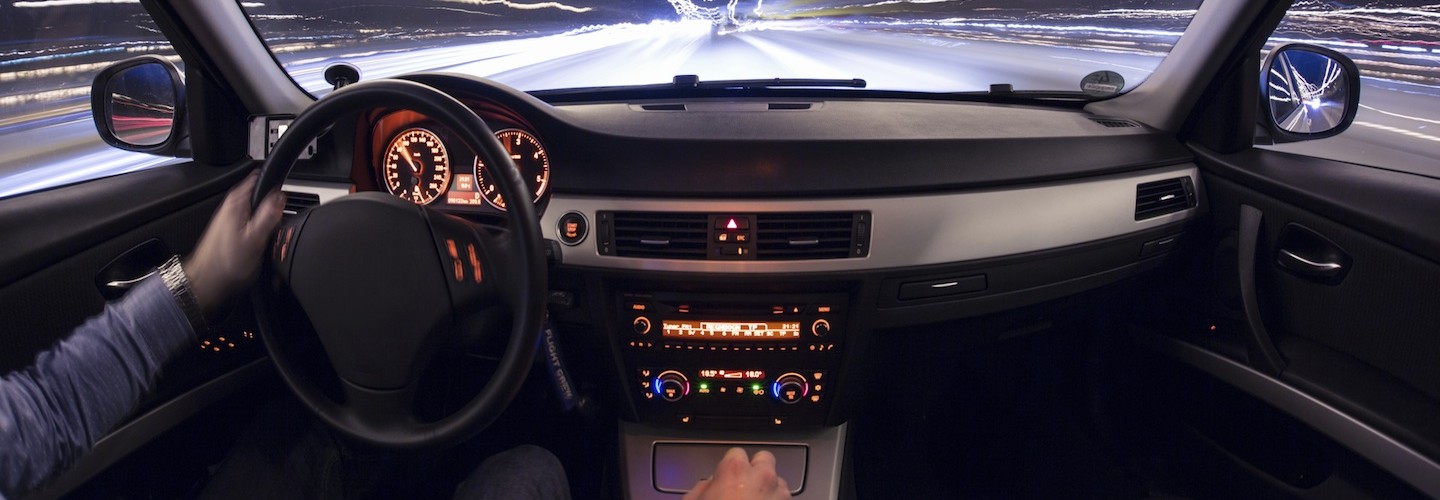Automated Vehicles Create Battle Between Innovation and Regulation
Ingenuity in the realm of technology often creates a struggle between celebration of the innovation and the need to regulate it. Envisioning a future with self-driving cars, Volvo is working on technology that would enable automated driving. The biggest questions surrounding this development are, How will this system be secured? and Who should be tasked with regulating self-driving cars?
Vehicles featuring complex software are just as vulnerable to cyberattacks as computers. The lingering threat led Fiat Chrysler Automobiles to recall more than a million vehicles, and two U.S. senators drafted legislation requiring the National Highway Traffic Safety Administration (NHTSA) and the Federal Trade Commission to figure out how to protect cars from hackers.
When asked how Volvo is protecting its vehicles, Volvo Car Group President and CEO Hakan Samuelsson said a strong first line of defense is necessary. “You have multiple entry points to the car, and there has to be some type of firewall,” he explained while speaking at the Swedish Embassy in Washington, D.C. last week. “That type of architecture is the first step I’m aware of.”
Although Volvo will accept liability if an accident occurs while a car is in autopilot mode, the company believes that the responsibility of regulating the vehicle should begin with the federal government, The Washington Post reports. “The U.S. is not in the forefront in the regulation, but it is in the forefront in this technology,” Samuelsson said. “The U.S. should use this leadership on the federal level to give some guidelines and direction on how cars can be used.”
This is where the two sides have hit a wall. According to Alain Kornhauser, the faculty adviser to the Autonomous Vehicle Engineering team at Princeton University, who spoke at the embassy panel discussion, the struggle is further exacerbated by what he described as “evolutionary and revolutionary roles.”
“There’s an evolutionary role and a revolutionary role,” an animated Kornhauser said. “If technology can create the revolution, that’s probably easy. The harder one is the evolutionary role, which is where we’re at now. Safety — let’s deliver that.”
Should Federal Agencies Make the Final Call?
During the panel discussion, Nathaniel Beuse, associate administrator for vehicle safety research at the NHTSA, maintained that the brunt of the regulatory work shouldn’t fall on his agency’s shoulders.
“The U.S. has a long history of smart regulations, but we don’t regulate everything in the car,” he said. “Everyone’s daily driving is different, and that’s the challenge — how do you regulate that?”
Beuse also noted that rules shouldn’t be the only system of checks and balances; rather, there should be a combination of federal regulation and automaker best practices.
Also at the Swedish Embassy event was Joann Muller, Detroit bureau chief for Forbes, who explained that technology is moving at a pace “far faster than government can keep up.” This will make it a challenge to come up with a clear answer about what should be regulated and who should be in charge of that. But the conversation will certainly continue, so expect more lively debates to follow.








